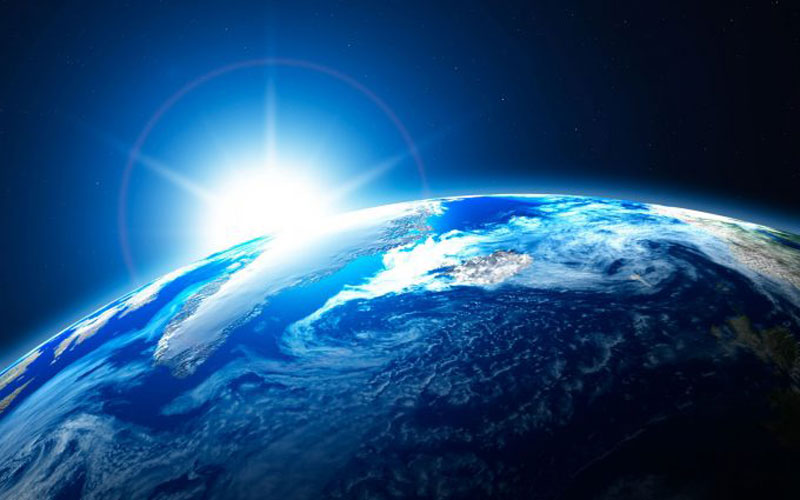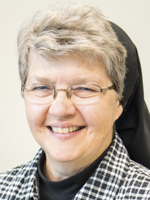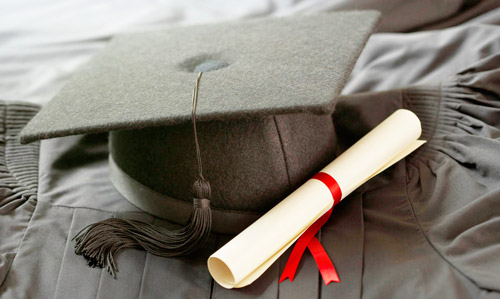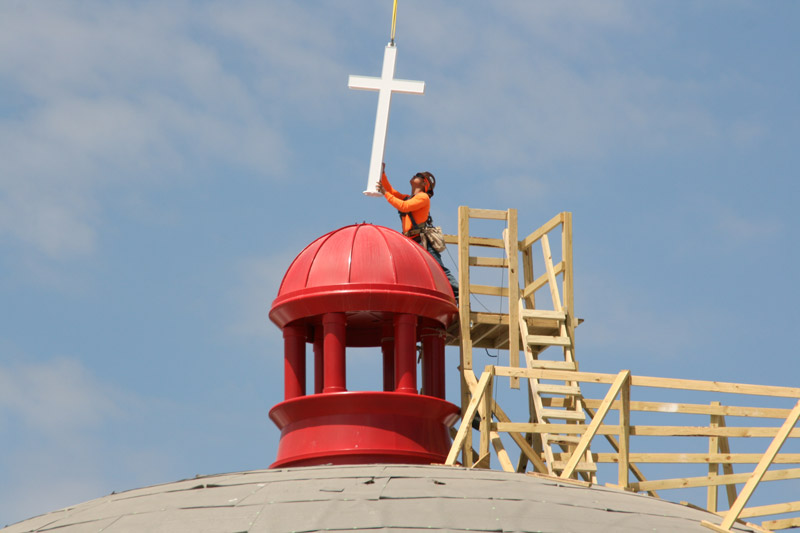
It isn’t often that a high school commencement address proves to be memorable. But that is what happened at the graduation exercises for Cardinal Newman’s Class of 2018 this May.
The speaker was Chris Edge, a physicist and software designer who graduated from the school in 1974. Along with exhorting students to maintain an active faith life and make a positive difference in the world, he hammered home the message that religion and science are complementary.
We often hear about enmity between faith and science. Despite regrettable episodes in our history (such as the treatment of Galileo, for which St. John Paul II apologized), there is a lengthening story of how faith-filled people have propelled scientific progress.
Edge mentioned two of the following, Lemaître and Chardin, but there are a few other stellar figures who should be mentioned.
The 16th-century Pole named Kopernik (Copernicus) presented persuasive evidence that the earth and other planets revolve around the sun, upending the long-standing belief that sun, moon, and stars swung above us while we remained stationery. The foundations of modern astronomy and astrophysics were laid by this man, who was a “canon” of his local church. There is debate about whether he received Holy Orders, but it seems quite certain that he had some of the training received by clergy, along with mathematical, astronomical, and medical studies.

Nicolas Steno was a 17th century Danish Lutheran who converted to Catholicism and eventually was ordained and became a bishop. He is considered the founder of modern geology because of his studies of fossils and the theories he developed about extensive shifts in the earth’s surface over a stretch of eons.
Anyone who traverses the Villanova University campus will find that Mendel Hall is a bastion of the biology department. The Austrian Augustinian priest named Gregor Mendel was the 19th century father of the science of genetics, based on his botanical studies of pea plants and their dominant and recessive hereditary traits.
In the 20th century, two French Jesuit priests distinguished themselves as men of science. Father Georges Lemaître was the first to advance the notion of an expanding universe, later developed by Edward Hubble. He also posited that all of God’s creation began with something like a Big Bang, which he described as a Cosmic Egg. Contemporary astronomy and astrophysics have borne out his ideas.
Another contributor to the advancement of science — and its dialogue with religion as well — was French Jesuit Pierre Teilhard de Chardin, a paleontologist and priest who wrote mystically and scientifically about humanity and the development of life on earth.
Edge is right on target when he sees scientific inquiry as an integral part of our pursuit of wisdom. It affects how we picture the world, how we describe what it means to be human, and also how we interpret and apply Sacred Scripture. As Edge has said, “The scientist can explain why the sunset occurs, thanks to Galileo. The Christian can appreciate the beauty of a sunset and know whom to thank. The scientist who is also a Christian can do both.”
Sister Pamela Smith, SSCM, is the Secretary for Education and Faith Formation at the Diocese of Charleston. Email her at psmith@catholic-doc.org.




